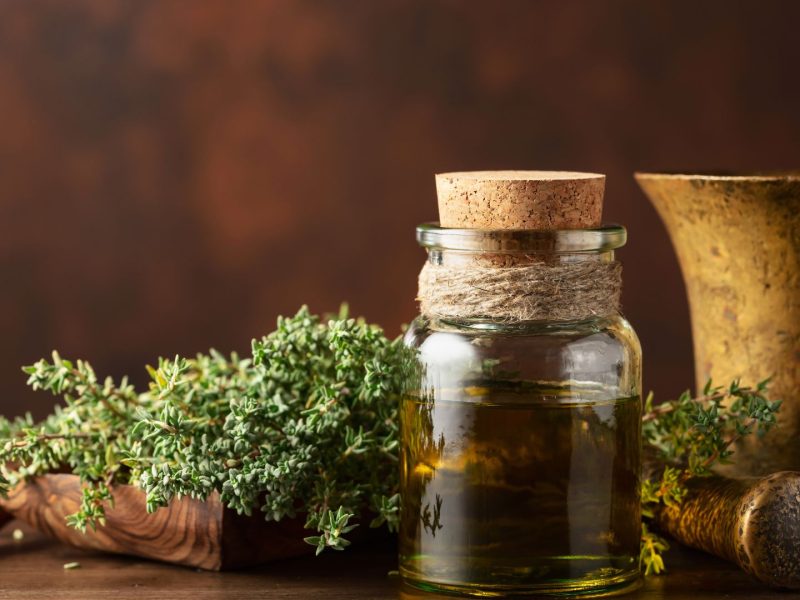Ever had that moment when you’re running your hand along a wooden fence or walking barefoot on your deck, and suddenly – ouch! That familiar sharp sting tells you you’ve just picked up an unwanted passenger: a splinter. Don’t worry, you’re not alone. As someone who’s dealt with countless splinters (thanks to my woodworking hobby), I’m here to share everything you need to know about safely removing these pesky intruders from your skin.
Understanding Splinters: More Than Just Wood
Before we dive into removal techniques, let’s understand what we’re dealing with. While wooden splinters are the most common, these tiny invaders can come from various sources:
- Wood fragments from furniture, decks, or fences
- Metal slivers from tools or machinery
- Glass shards from broken items
- Plant thorns or cactus spines
- Fiberglass particles from insulation
Why Immediate Removal is Important
Leaving a splinter in your skin isn’t just uncomfortable – it can lead to complications. The longer a splinter stays embedded, the higher the risk of:
- Infection from bacteria entering the wound
- Inflammatory reactions
- Deeper migration into the tissue
- Formation of granulomas (small areas of inflammation)
- Potential scarring
Safe and Effective Splinter Removal Methods
Method 1: The Tried-and-True Tweezers Technique
This classic approach works best for visible splinters near the skin’s surface:
- Clean your hands and tweezers thoroughly with soap and water or rubbing alcohol
- Use good lighting and, if needed, a magnifying glass to locate the splinter
- Grasp the exposed end firmly with tweezers
- Pull out the splinter at the same angle it entered
- Clean the area afterward with antiseptic
Method 2: The Warm Water Soak
For stubborn splinters, try this gentle approach:
- Fill a basin with warm (not hot) water
- Add a tablespoon of Epsom salt per cup of water
- Soak the affected area for 15-20 minutes
- The skin will soften, making the splinter easier to remove
- Try the tweezers method after soaking
Method 3: The Tape Technique
Perfect for tiny, superficial splinters:
- Clean and dry the area completely
- Apply a piece of strong tape (duct tape or packing tape works best)
- Press down firmly and wait a few seconds
- Peel the tape off quickly in the opposite direction of the splinter’s entry
- Repeat if necessary
Home Remedies That Actually Work
Sometimes, traditional methods need a little boost. Here are some proven home remedies:
Drawing Salve Method
Apply a drawing salve (like ichthammol ointment) to help draw the splinter closer to the surface. Cover with a bandage and wait 24 hours before attempting removal.
Baking Soda Paste
Mix baking soda with a few drops of water to create a paste. Apply to the splinter area, cover with a bandage, and wait overnight. The paste helps push the splinter toward the surface.
When to Seek Professional Help
While most splinters can be handled at home, some situations warrant medical attention:
- The splinter is deeply embedded
- You can’t remove all pieces
- The area becomes infected (redness, swelling, warmth, or pus)
- The splinter is under a fingernail or near your eye
- You have diabetes or a compromised immune system
Prevention: The Best Medicine
As with most things, prevention is better than cure. Here are some practical tips to avoid splinters:
- Wear appropriate protective gear when working with wood or materials prone to splintering
- Keep wooden decks and furniture well-maintained and sealed
- Sand rough wooden surfaces regularly
- Wear shoes when walking on wooden decks or rough surfaces
- Use gloves when gardening or handling rough materials
Essential Splinter Removal Tools to Keep Handy
Create a simple splinter removal kit with these items:
- Quality tweezers with fine points
- Magnifying glass
- Good light source
- Sterile needles
- Antiseptic wipes
- Bandages
- Drawing salve
- Epsom salt
The Aftermath: Proper Wound Care
After successfully removing a splinter:
- Clean the area thoroughly with soap and water
- Apply an antiseptic solution
- Cover with a clean bandage if needed
- Monitor for signs of infection
- Keep the area clean and dry until healed
Remember, while splinters are a common nuisance, they deserve proper attention to prevent complications. With these methods and tools at your disposal, you’re well-equipped to handle most splinter situations safely and effectively.
Whether you’re a DIY enthusiast, gardener, or just someone who occasionally encounters these tiny invaders, knowing how to properly remove splinters is an essential skill. By following these guidelines and using the right tools and techniques, you can turn what could be a painful ordeal into a manageable situation.
Stay safe, keep these tips handy, and remember: when in doubt about a particularly troublesome splinter, there’s no shame in seeking professional medical help. Your health and safety should always come first!


